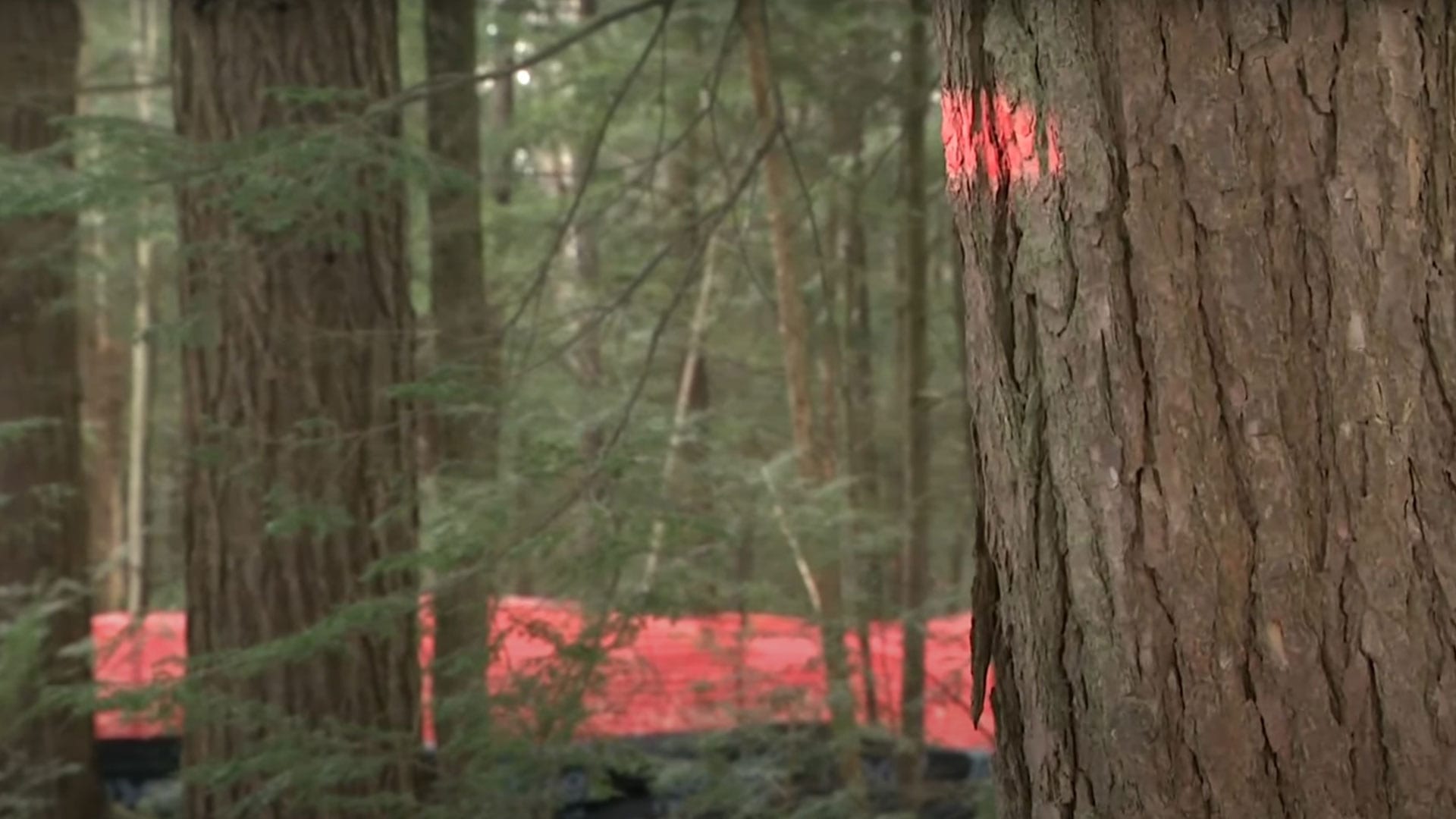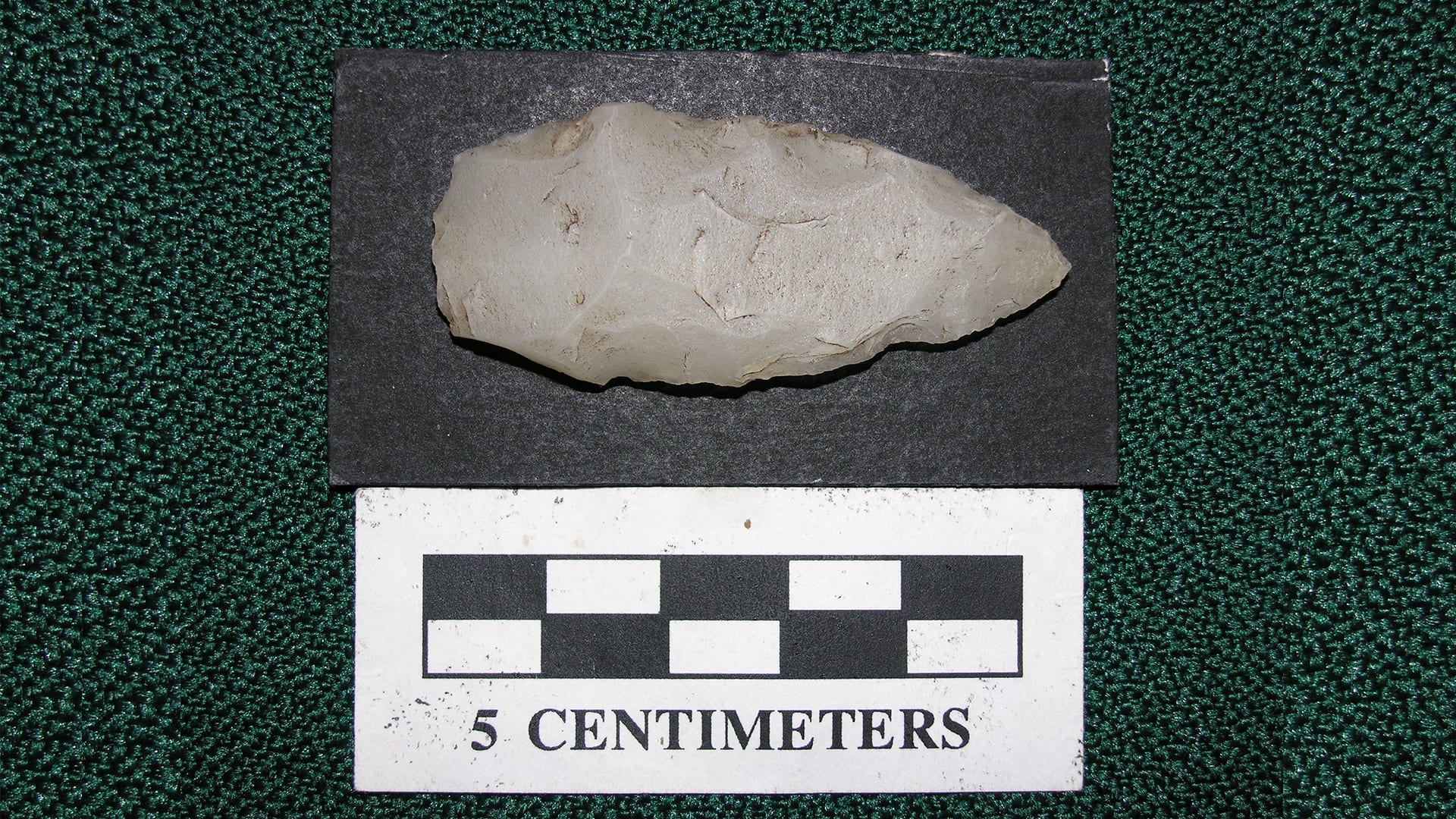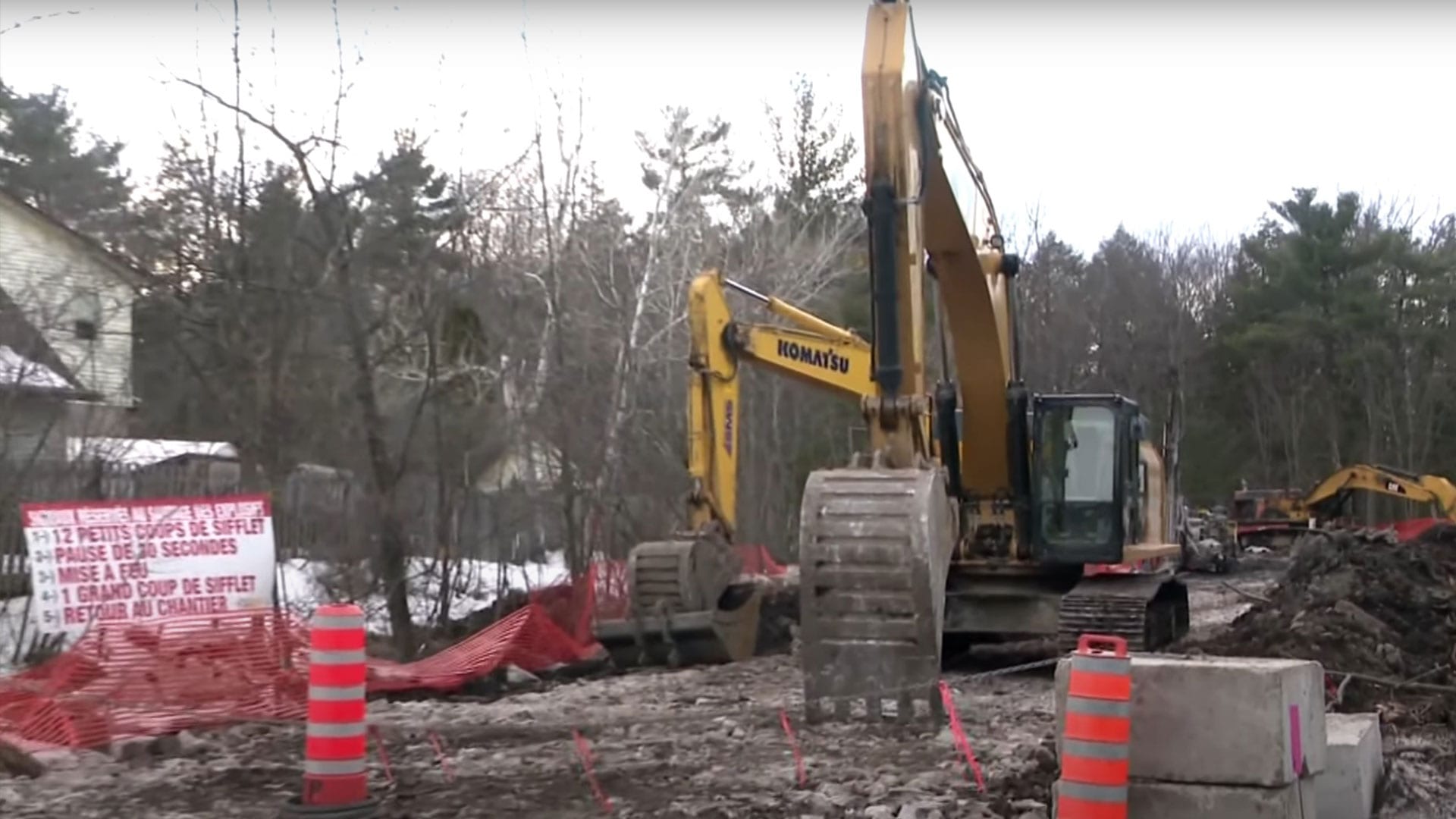Development is on the brain in Quebec as the province works to find its financial footing following the losses of the COVID-19 pandemic.
But by streamlining environmental and archaeological assessments during the rush to build, experts say ancient Indigenous sites could be destroyed – and their artifacts lost to history forever.
“From the perspective of an archaeologist, we are literally losing and destroying sites every day to development,” archaeologist Adrian Burke told APTN News.
“Specifically in the case of Quebec, the situation has been disastrous for years. I mean, it was bad to begin with – it can only be worse now.”
APTN took a look at two potential historical sites currently facing construction.
A “huge land grab” in Notre-Dame-de-l’Ile-Perrot
Shelagh McNally and her compatriots with eco-collective Pincourt Vert already prevented development in a lush, forested area near their homes once before.
When McNally received word of another large-scale development in the neighboring municipality of Ile-Perrot – this time with an Indigenous interest – she reached out to APTN with her concerns.
“I thought ‘here’s a great opportunity to make amends,’” she explained. “There’s an archaeology report that’s saying there’s evidence of an ancient Indigenous community there. What a great opportunity [for the municipality] to turn and say ‘we’re going to hold off.’”
In early February, both the municipality and the Quebec Ministry of Culture received copies of an archaeological notice specifying a planned development site in Ile-Perrot, now a forested lot, was once likely a settlement site.
“The islands of the Montreal archipelago, in particular the multiple points and bays that punctuate their shores, have on many occasions served as stopping places (temporary camps), portage areas or even places of establishment,” archaeologist Alexandre Lefrancois-Leduc wrote in his February assessment.
“The woodland itself, with its exceptional forest ecosystem, is a unique witness to an ancient cultural landscape,” according to Lefrancois-Leduc.
Except the plan is to clear-cut the forest in order to build 17 private residential homes.
“This is part of one of the issues is that – we really need somebody other than developers to step in and do a thorough study of this report, and before it’s completely lost,” McNally added.
“It’s not like a lifesaving COVID vaccination clinic they’re building. It’s not an education centre. It’s not a hospital. It’s not a place for homeless people. It’s 17 homes for rich people. What’s the rush?”
APTN’s messages to the municipality’s mayor went unanswered.
Across the water, in Kahnawake, Mohawk Council officials said they’re aware of the file, and have been attempting to get a meeting with municipal – and provincial – officials.
“To me, it’s all rooted in what I often tie things to, which is “doctrine of discovery” worldview-taking,” explained Mohawk Council portfolio chief Ross Montour.
“That somehow or another, settlers have the right to occupy, exploit, do whatever, to lands that do not belong to their ancestors.”
Evidence of trade routes found near Hudson’s Sandy Beach
While researching this story, APTN received word of protests held at another, much larger development site upriver, in Hudson.
Over 200 private, residential homes are set to be constructed within the woods near Sandy Beach, on the banks of the Outaouais River.
Hudson councillor Jim Duff has been coming to Sandy Beach since childhood. After years of attempting to slow development in the Hudson area, Duff says “the fight’s gone out” of him.
“You have a choice. You either buy the land at whatever price the seller wants to charge, or you let them go ahead and build,” Duff explained.
Sandy Beach isn’t just a potential historical site – those who’ve studied it say artifacts have already been recovered there.
“It was a metal detectorist, a guy who used to like to go to the beach and look for coins, and rings, and things that people had lost. And in the process he found a couple of arrowheads,” archaeologist Adrian Burke explained.
Also found at the site: an axe – possibly a “trade axe,” according to Burke – some pieces of copper kettle, and “at least one stone tool.”
But it’s the stone tool – made of quartzite – which may in fact be the most valuable of the items recovered at Sandy Beach so far.
“It was made out of a material that comes from very far north in Quebec, in a place called Mistissini,” Burke said. “It shows that people were trading.”
It’s also estimated to be over 4,000 years old.
Burke filed a report with Quebec’s Ministry of Culture to notify them of the archaeological potential at Sandy Beach.
But the likelihood of Quebec ordering a thorough dig based on a few preliminary finds is slim, he says.
“[Quebec] can decide that finding just a couple of objects on the surface does not constitute a site,” according to Burke.
Heritage: a “different kettle of fish” in Quebec
Earlier in the pandemic – in June 2020 – Quebec tried to pass an economy-stimulating bill that waived the obligation to consult with First Nations, or complete environmental assessments, before approving large-scale developments.
Ross Montour says other Canadian provinces, like Ontario, have power to stop development on privately-owned lots if there’s a potential Indigenous interest – but Quebec lacks similar policies.
“In Quebec – it’s a different kettle of fish, I’m afraid,” Montour said.
Intervening – or putting a stop to development on a private lot – can only really happen if the municipality in question gets on-board and also prods the Ministry of Culture, according to Burke.
However, like the province as a whole, municipalities are also looking for ways to boost revenue in a post-pandemic era. This is true despite the presence of hundreds – possibly thousands – of archaeologically significant sites all over Quebec.
“Most of the time, we’re probably going to sweep aside – especially Indigenous history and Indigenous archaeology in the name of development. I’ve seen it pretty much every single time,” Burke explained.
“The ideal of course is to have First Nations archaeologists who will really look out for their own rights and their own heritage.”
APTN reached out to the Ministry of Culture to confirm whether it is aware of these two sites, and whether they intend to pursue more extensive studies given both Burke’s, and Lefrancois-Leduc’s findings.
They did not respond to APTN’s request before deadline.
However, the ladies of Pincourt Vert – with one success already under their belt – say they’re ready to continue pushing to preserve the site in Ile Perrot, and the other sites beyond it.
“I really saw how that is part of the community – this idea of stewardship. This idea of looking after the land. And how Indigenous communities have been guardians for centuries,” McNally added.
“And I look at my culture – look what we’ve done in 100 years.”












